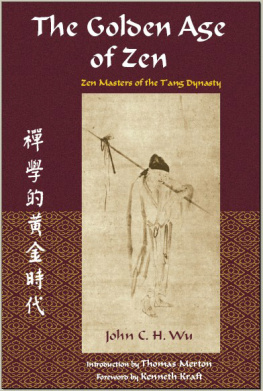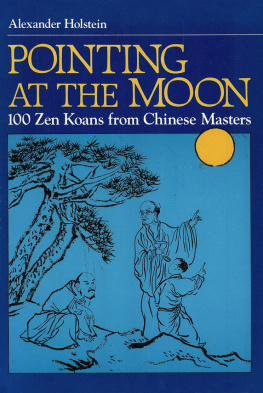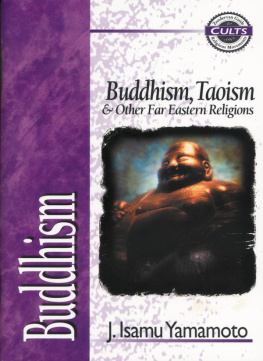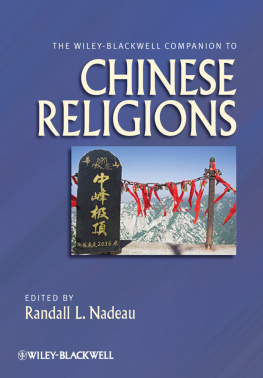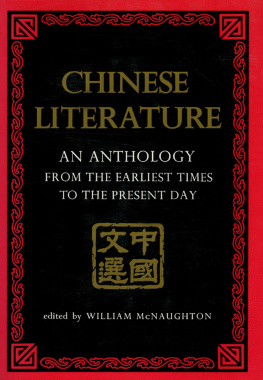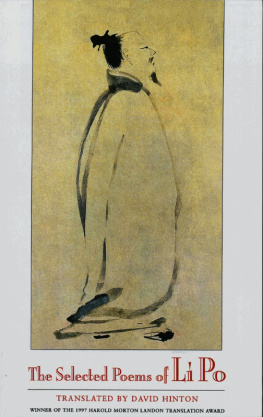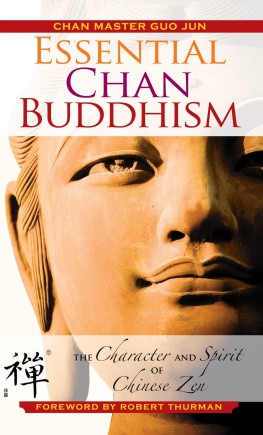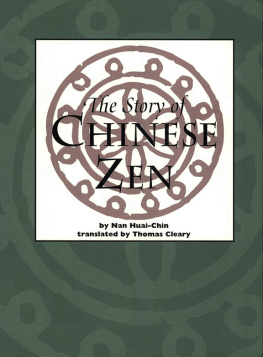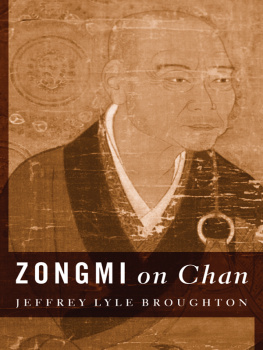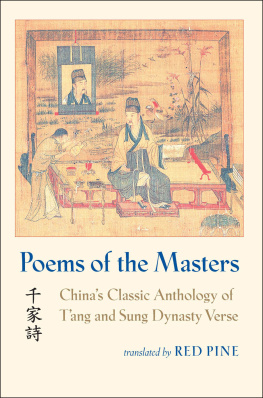Here is a book that will do much to clarify the still very confused western idea of Zen Buddhism. It is not an apologia, not a criticism, not a purely academic history, not a romantic exercise of imaginative concordism. It looks at the great Chinese Zen Masters of the 7th to the 10th centuries A.D., and portrays them in their Five Houses. It enables us to situate their teaching and to enjoy it in its context...Though few Westerners will ever actually come to a real understanding of Zen, it is still worth their while to be exposed to its brisk and heady atmosphere. This book will be a good place to make the acquaintance of what can be called the very quintessence of Buddhist wisdom, in the Golden Age of Chinese Zen.
While never losing sight of the fact that intuition and tuition differ markedly, Wu does not allow the reader to fall into a stereotype of Zen as an anti-intellectual simplifier...[He] is not content to list anecdotes, but provides a wealth of background details to facilitate historical understanding.
Wus book has long been a primary source for understanding the development of the hugely influential philosophy of Zen Buddhism by students and teachers alike. The Golden Age of Zen explores the philosophys history, from its early connections with Taoism to the magnificent flowering forth of the whole movement in the hands of succeeding generations of Chinese sages.
Recommended for any collection with an interest in Zen or comparative religion.
Biographical Notes
JOHN C. H. WU (WU CHING-HSIUNG) was born in Ningpo, China, in 1899. He was a respected author, lawyer, juristic philosopher, educator, and prominent Catholic layman. During his distinguished professional and academic career he was, by turns, president of the Special High Court at Shanghai, the principal author of the constitution of Nationalist China, and founder of the Tien Hsia Monthly. A well-loved translator of the Psalms and the New Testament into Chinese, he also published a popular translation of the Tao Te Ching into English. During 1947-48 Wu served as Chinese minister to the Holy See in Rome. In his work on Eastern religions Wu worked closely with the great Buddhist scholar D. T. Suzuki, and the renowned Trappist monk Thomas Merton, both of whom were his close personal friends. Suzuki was particularly impressed with the thorough scholarship and deep insight of Wus The Golden Age ofZen.
THOMAS MERTON (Father Louis) was born in France in 1915, the son of a New Zealand father and a well-to-do American mother. After studying at Cambridge University in the UK, and Columbia University in the USA, Merton became attracted to the monastic ideal of the Trappists and in 1948 was accepted as a novice at Gethsemani monastery in Kentucky. He soon became known throughout the world for his numerous and varied writings, and he influenced countless souls through his profound spiritual reflections in such works as New Seeds ofContemplation (1961), in addition to his works of social and political criticism such as Conjectures of a Guilty Bystander (1966). Many recognized him as one of the earliest and most moving contributors to meaningful inter-religious dialogue. He was both a committed Christian and one who appreciated the riches of other spiritual traditions. His Mystics and Zen Masters (1967) and Zen and the Birds of Appetite (1968) contain many of his essays on Eastern subjects, particularly Zen, whilst his The Way ofChuang Tzu (1965)the translation of which he described as the most enjoyable project of his lifeis a delightful rendering into English of the essential teachings of the renowned Chinese Taoist sage. It seems that Thomas Mertons prominence as a contemplative monk and public thinker has only increased since his tragic and untimely death in 1968.
KENNETH KRAFT is Professor of Religion Studies at Lehigh University, specializing in Japanese Zen and the new field of engaged Buddhist studies. In 1984-85, he was a postdoctoral fellow at Harvard Universitys Reischauer Institute of Japanese Studies. At Lehigh, he has served as Chair of the Religion Studies department and as director of the College Seminar Program. Kraft has also taught at the University of Pennsylvania, Swarthmore College, and the Stanford University Japan Center in Kyoto. His book Eloquent Zen: Daito and EarlyJapanese Zen (1992) was selected as an Outstanding Academic Book by Choice magazine whilst his anthology of present-day Zen masters and scholars, Zen: Tradition and Transition (1988), is widely used in college courses. He has lived in Japan for five years and traveled extensively throughout Asia.
Chapter I
Zen: Its Origin and its Significance
I. Zen and Tao
Like all vital traditions, the origins of the School of Zen are shrouded in myth and legend. The whole movement is alleged to have taken its start from Shakyamuni Buddha himself. Once upon a time, Shakyamuni was lecturing to a great multitude gathered on Lin-shan or Spirit Mountain. After his lecture, he picked up a flower and held it before his audience without speaking a word. Quite mystified, the whole assembly remained silent, pondering as to what Shakyamuni wished to convey by this unexpected action. Only the Venerable Kashyapa broke into an understanding smile. Shakyamuni was pleased and declared, I have the secret of the right Dharma-Eye, the ineffably subtle insight into Nirvana which opens the door of mystic vision of the Formless Form, not depending upon words and letters, but transmitted outside of all scriptures. I hereby entrust this secret to the great Kashyapa.
It is fitting that Zen should have begun with a flower and a smile. This episode, you may say, is too beautiful to be true. Yet it is too beautiful not to be true. The life of Zen does not depend upon historical truth. Whoever has invented the story has caught the very spirit of Zena flower that smiles evoking a smile that flowers.
Kashyapa is said to be the First Indian Patriarch of the School of Zen. After him there came in succession twenty-seven Patriarchs, of whom Bodhidharma was the twenty-eighth and the last Patriarch of Zen in India. When he came to China, he became the First Patriarch of Zen in China. Thus, Bodhidharma may be regarded as the bridge between India and China in the history of Zen.
It is almost certain that the genealogy of Indian Patriarchs was a later make-up. There is no record in Sanskrit to show that there was an Indian School of Zen as such. Although the word Zen or Chan in Chinese was a transliteration of Dhyana, there can be no greater difference in meaning between two terms than the Indian Dhyana and the Chinese Chan. Dhyana signifies a concentrated and methodical meditation, while Zen, as the founding fathers of the Chinese School understood it, has for its essence a sudden flash of insight into Reality, or a direct intuitive perception of the Self-nature. Time and again they have warned their disciples that to meditate or reflect is to miss it altogether.
The late Dr. Hu Shih went to the extent of saying, Chinese Zennism arose not out of Indian yoga or Dhyana but as a revolt against it.
In my view, the School of Zen derived its original impetus from the generous impulse of Mahayana Buddhism. Without this, such a vigorous and dynamic spiritual movement could not have been started even by revival of the original Taoism of Lao Tzu and Chuang Tzu. Paradoxical as it may sound, it was the Mahayana impulse that gave rise to a real revival and development of the original insights of Lao and Chuang, in the form of Zen. As Thomas Merton, with his piercing insight, has truly observed, The true inheritors of the thought and spirit of Chuang Tzu are the Chinese Zen Buddhists of the Tang period.

